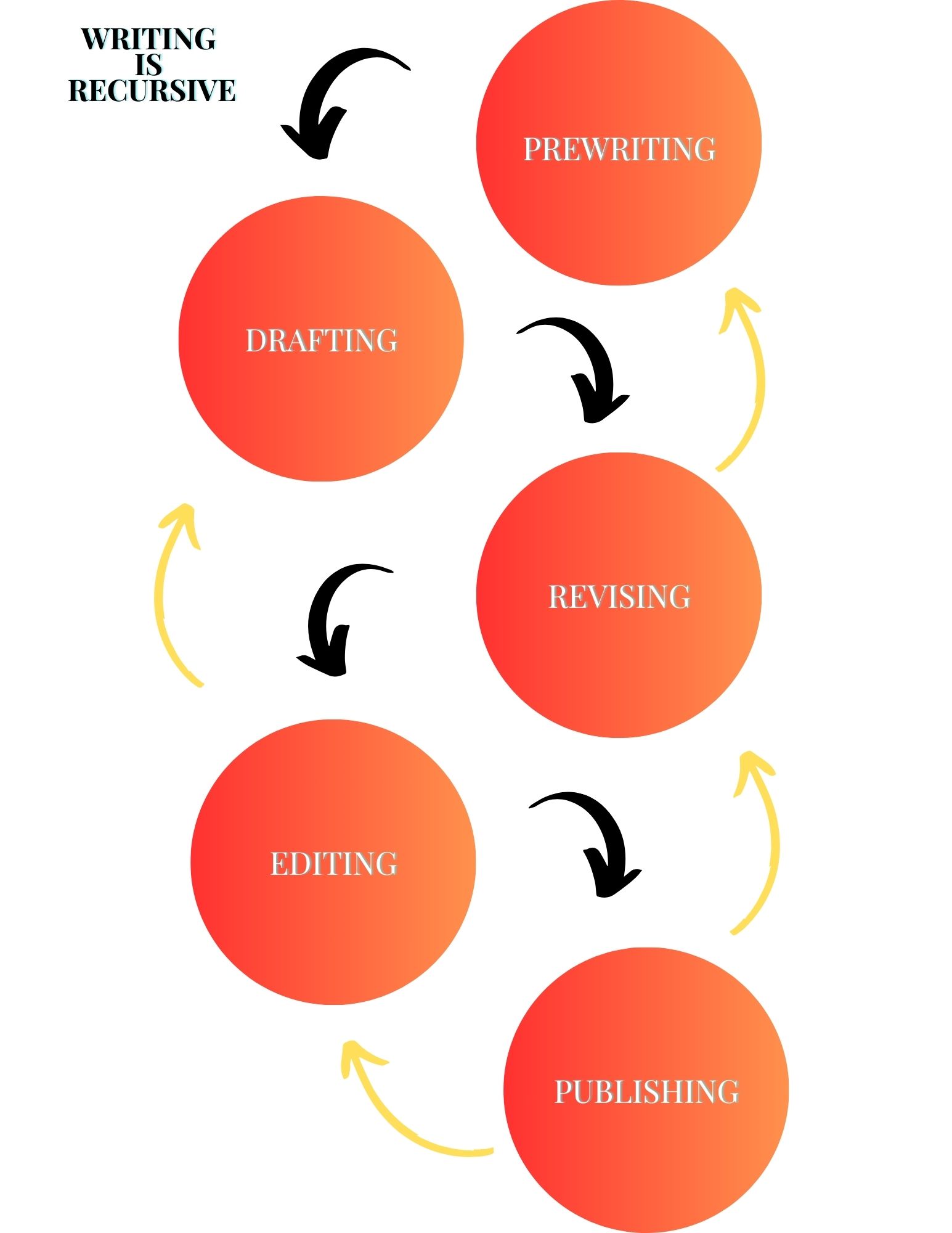The greatest houses in the US were built during the Gilded Age, and yet so many Americans and immigrants were experiencing hardship in tenement buildings in crowded cities as the country economically boomed. Where there were riches and spoils of conquest for those at the top, there was also struggle and strife for the working class on the bottom.
This was the Gilded Age.
Today we are going to look at the idea of the “Gilded Age,” as its comparison to feudal, medieval society in Mark Twain’s A Connecticut Yankee in King Arthur’s Court is quite apparent. The more we know about the social context of the book, the more background knowledge we have to draw connections!
What was the Gilded Age?
As mentioned in a previous post, the Gilded Age was a time when wealthy businesses dominated society (much like today) and robber barons like George Hearst bought their way across the country and into as many markets as they could get their influence into at one time–whether it hurt the average citizen or not. The Gilded Age was a time of inequality and inequity, which we see a legacy of today, and it was also a time when a few people had a great deal of money and many more people had a great deal less as income disparity was really starting to grow out of hand.
Ostensibly, Mark Twain coined the term “The Gilded Age” when he published his 1873 novel The Gilded Age: A Tale of Today, as he was criticizing the lengths the wealthy would go through to appear rich, and by this they would gild the accessories around their home with gold.
Writing for Town and Country, Sam Dangremond writes that “The Gilded Age” represented “a period of gross materialism and blatant political corruption. Much of this excess can be see in the transcontinental railroad, which “led to expansion and settlement of the western United States” but also led to the destruction of many Native American tribes willfully by corporate interests and the federal government.
The age of expansion
Moreover, this is time of expansion in nearly everything, from wealth inequality to the population of the US, which doubled.
“In a time of such great expansion and fewer regulations surrounding wealth and business practices, circumstances were perfect for the rise of a class of extremely wealthy individuals who made up a very small percentage of society,” states Maryville University. “They had the power and means to create opportunities and jobs for the many, though with less social prioritization on workers’ rights, issues like discrimination, exploitation, and low wages marked the era.”
Unethical inequity
Additionally, these robber barons “amassed their fortunes” through theft, subterfuge, and violence if necessary. Maryville University further states that “Robber barons typically employed ethically questionable methods to eliminate their competition” and “often they had little empathy for workers,” which could be seen through the use of the Pinkertons and strikebreakers to put down union uprisings.
Considering the wealth of the robber barons, they were given great leniency by the courts to organize thugs to break up organizing workers. Examples of striking workers being put down by the national guard or Pinkerton services include the Pullman Strike, the Morewood Massacre, The Great Railroad Strike. A list of these tragedies and violence can be found here.
Conclusion
There are many similarities between The Gilded Age and A Connecticut Yankee in King Arthur’s Court. In a recent chapter, Hank Morgan mulls over the complex nature of feudal society, in that the oppressed are willing to fight for their oppressor if only because they were born to be controlled by the ruling class.
The Gilded Age functioned in much the same way, as the US government and robber barons were able to easily find men to do their bidding, however violent, against striking workers and Native Americans who reasonably decried poor working conditions or unfair practices in Westward Expansion, such as murdering bison and buffalo if only to exterminate their food source.
Works Cited
Dangremond, Sam. “What Exactly Was the Gilded Age?” Town and Country. Jan. 23, 2022. Web. https://www.townandcountrymag.com/society/a38651973/gilded-age-history-meaning/







